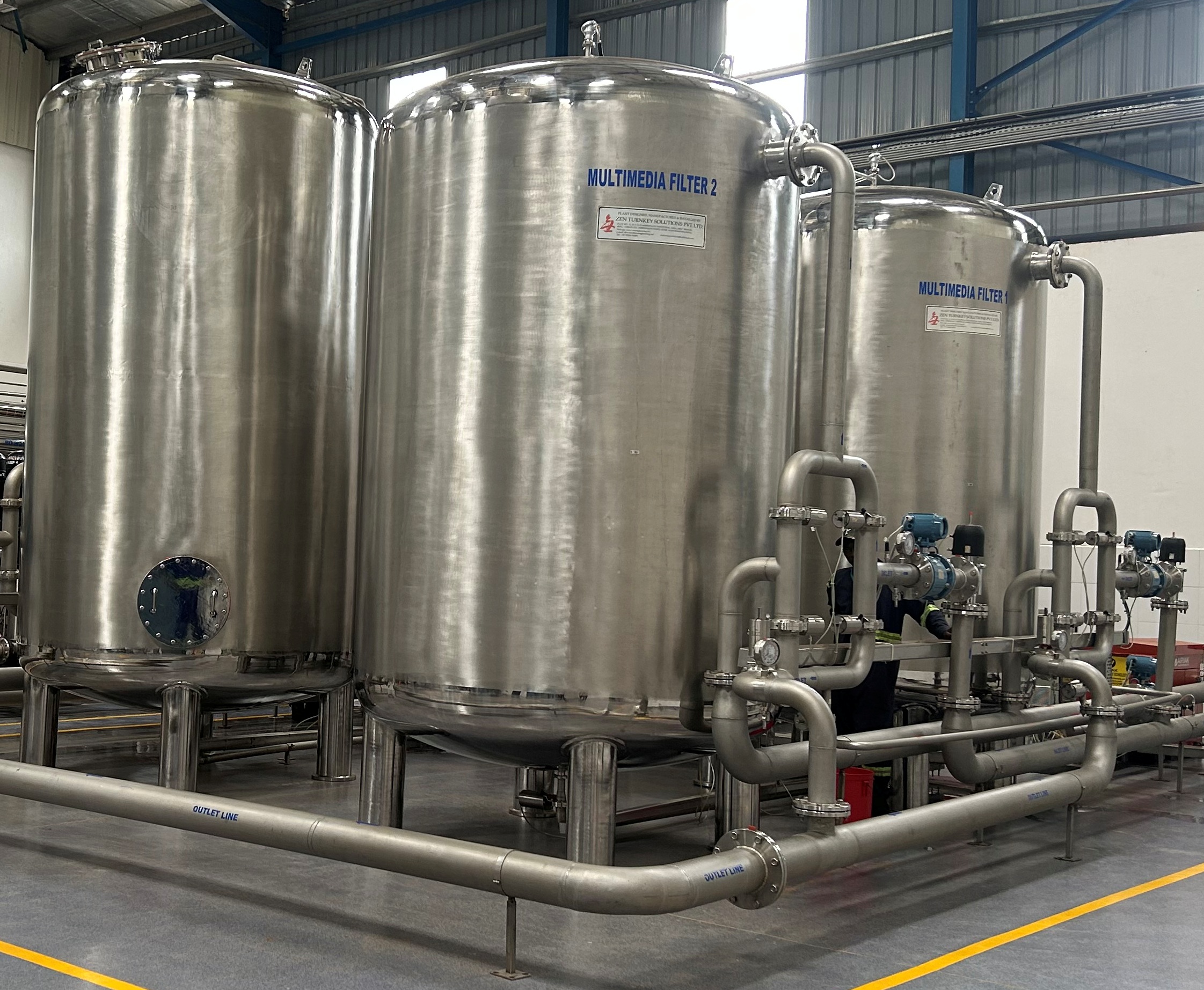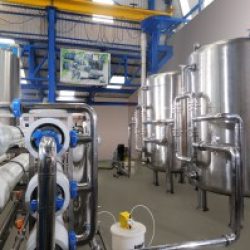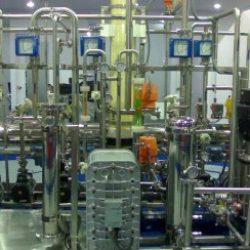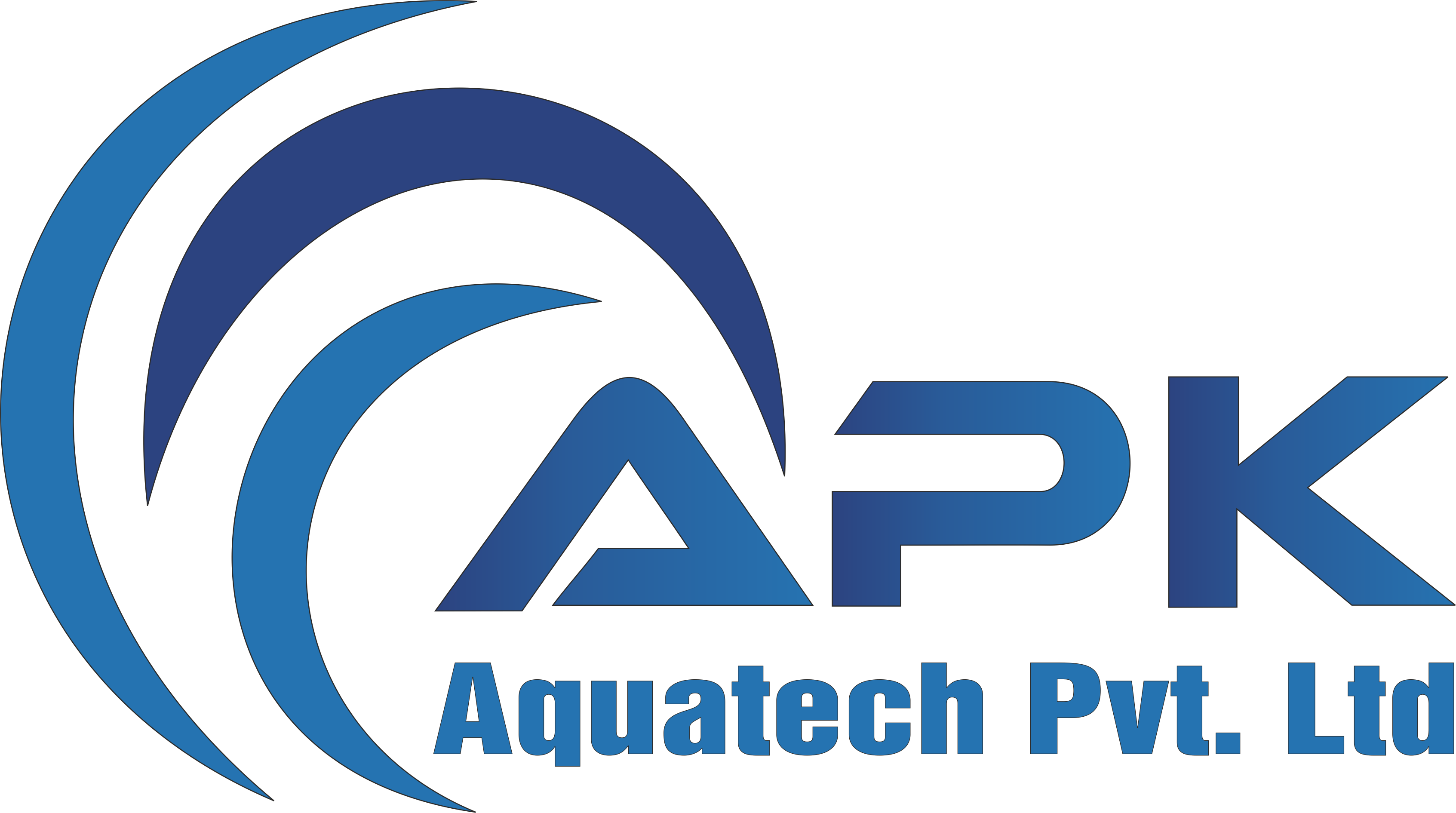Water treatment pertains to any technique that enhances the quality of water so that it can be used for a specified purpose. The end use might pertain to drinking, industrial water supply, irrigation, river flow maintenance, water recreation, or any of a variety of other applications, including properly restoring to the environment. Water treatment removes or reduces the concentration of pollutants and undesired components so that the water is fit for its intended end-use. The treatment is critical for human health since it allows people to benefit from both drinking and irrigation.
We Design Water Treatment Plants for customized applications like Potable / Mineral Water, Desalination, Process Water for Industries, Purified Water Generation Systems (PWGS) for Pharma, Ultra-pure Water for Power Plant.
Zen provides customized systems to treat the wide variety of effluents.
COMPLETE SOLUTIONS FOR
- High COD & High TDS effluent
- Difficult to degrade effluent
- Colour removal from treated/ partially treated effluent
- Nutrients (Nitrogen, Phosphorus) removal
- Heavy metals, Cyanide, Fluoride removal
- Waste water recycle and reuse Zero Liquid Discharge (ZLD)
- Tailor made industry specific solutions
We provide Complete Equipments for Effluent Treatment Plant as follows
PRELIMINARY – PHYSICAL
Removal of large solids such as rags, sticks, grit and grease with Bar Screen and Grease Traps
PRIMARY-PHYSICALAND CHEMICAL
Removal of floating and settlable materials such as suspended solids and organic matter through Dosing Chemicals and Settlers like Clarifiers, Clariflocculators Tube Settlers etc
SECONDARY-BIOLOGICALAND CHEMICAL
Removal of biodegradable organic matter through Anaerobic treatment OR through Aerobic treatment with Diffusers and Air Blowers etc
TERTIARY-PHYSICAL, CHEMICALAND BIOLOGICAL
The tertiary level is where wastewater is cleaned of chemicals like Removal of residual suspended solids, traces of color and odor through Clarifiers, Clariflocculators, Tube Settlers etc.
Oxidation by Chlorine and Ozonation.Fine Filtration by Sand and Activated Carbon Filter
ADVANCED-RECOVERY
Removal of Total Dissolved Solids (TDS) through membrane system like Ultrafiltration & Reverse Osmosis etc
ZERO LIQUID DISCHARGE (ZLD)
Ensuring high TDS, high COD effluent is totally recycled through use of Agitated Thin Film Dryer (ATFD), Multiple Effect Evaporator (MEE) etc
The primary level of the treatment process involves removing biodegradable organic materials, suspended matter, and dissolved materials. The tertiary level is where wastewater is cleaned of chemicals
In ETP have multi-level of systems; the wastewater is treated to a high level of purity to ensure that it is safe for use in the environment.
To reduce the risk of pollution, a wastewater treatment plant should have a sludge trap and a sediment trap. This traps suspended solids and other pollutants and eliminate wastewater’s smell and odor. The effluent discharge from a treatment plant can be returned to the environment in agriculture. Some countries do not treat wastewater, and in those cases, they send the treated water into the environment.
ETP treats wastewater from various industries like
- Food & beverage industries
- Dairy
- Pharmaceutical
- leather processing plant
- Rubbish
- pigment
- Textile
- Paint & chemical industry
Way Treat Wastwater
Causes a demand for dissolved oxygen ( lower do levels of streams )
Adds Nutrients (nittrate and phosphate ) to causes excessive growth
incerese suspended solids or sediments in strems (turbidity increase) )
A process to convert waste water- which is water no longer needed or suitable for its more recent use – into an effluent that can be either returned to the water cycle with minimal environmental issues or reused
In web Side:–
Reactivator Clarifiers
It is mainly used to clarify, soften lime, reduce silica, or reduce organic impurities in water and wastewater that contain suspended particles, color, and organic contaminants.
CLARIFIERS
- Reactivator Clarifiers
- Fixed Bridge across the Tank
- Fixed Bridge with Centre Pier
- Peripherally Driven


CLARIFLOCCULATOR
- Fixed Bridge Across the tank
- Rotating Bridge
OTHER EQUIPMENTS
- Only Drives for all type of Clarifiers and Clariflocculators.
- Grit Separator Mechanism
- Mechanical of Manual Bar Screens
- Surface Aerators of Inverted core Design and Submerged Aerators
- Trickling Filters
- Thickeners
- Overload Mechanical Devices for Drive Heads
- Belt Filter Screens

The benefits Of Waste Water Recycling Plant:
- Reduce fresh water use: Grey water may often substitute fresh water, saving money and boosting the effective water supply in areas that require irrigation
- Grey water utilization significantly increases the usable life and capacity of septic systems. This reduces the load placed on septic tanks or treatment plants. Reduced wastewater flow increases treatment efficacy and lowers costs for municipal treatment systems.
- Site unsuitable for a septic tank: For sites with slow soil percolation or other problems, a gray water system can be a partial or complete substitute for a very costly, over-engineered system
- Using less energy and chemicals is possible since there is less freshwater and wastewater that has to be pumped and treated.




